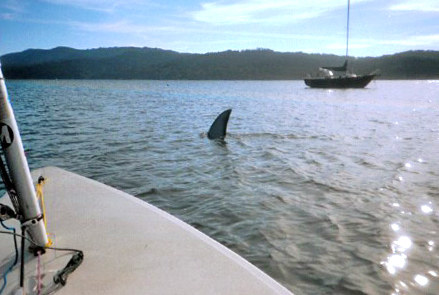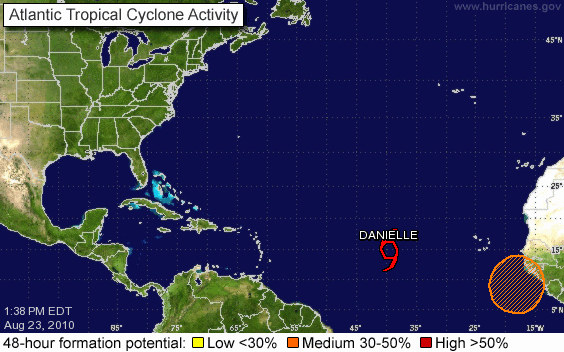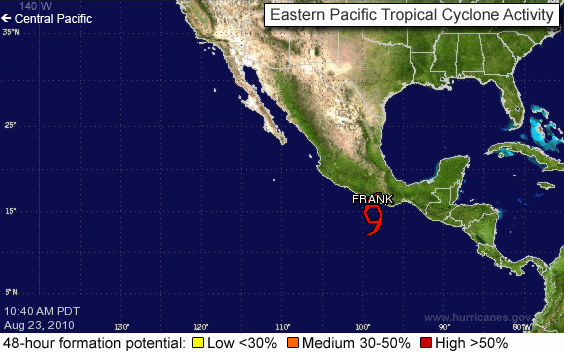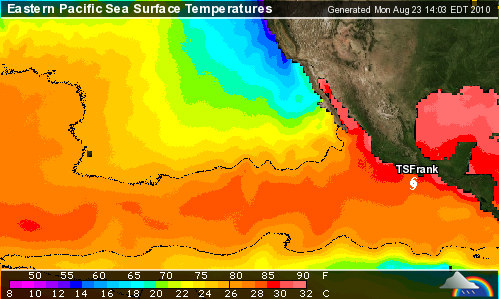
Did Texting Cause Accident?
The National Transportation Safety Board recently revealed that an unspecified number of crewmembers aboard the Coast Guard vessel that collided with a small boat in San Diego Harbor on December 20 were either texting or talking on their cell phones. Though stopping short of saying the activities were the direct cause of the accident, which killed an eight-year-old boy and seriously injured four other passengers, the NTSB urged the Coast Guard to develop a stricter policy regarding the use of electronic devices by its members. Though the agency acknowledges in a letter to the Coast Guard the potential usefulness of such devices as a backup for radio communications, "to achieve the intended improvement in safety, the NTSB believes that the Coast Guard must systematically identify the specific risks associated with distraction while using a cellphone or other wireless electronic device during vessel operations and address those risks in its policies."
Wishing for a Bigger Boat
"All the Photoshopping allegations that were tossed at Ethan Smith’s pargo fish awhile back reminded me of the attached photo," writes Dennis Olson who sails his Laser Beastie out of Tomales Bay. "A fish that wasn’t caught, only sighted, in Tomales Bay.

"Shot from my Laser off the East Shore between Marshall Boat Works and Tony’s Restaurant in the early ’90’s, the only digital ‘fingerprint’ on this photo is the fact it was scanned from an original slide (this was prior to me owning a digital camera). I put this up on a Laser forum some time ago and was amused at how many skeptics responded with technical ‘proofs’ and reasoning that it was Photoshopped. I swear it’s not. Do I know for sure it’s a shark? It sure looks like one. I’ve been sailing Tomales Bay on my Laser for 27 years, and that’s the only fin I’ve seen like it."
We don’t know about Dennis but if a fish that big was swimming around us, we’d rather be on the boat in the background than on a Laser.
Hurricane Season
If you have a boat in the Caribbean or the Gulf or East Coasts of the United States, now is the time to be concerned about hurricanes. While hurricanes are possible from June until late November, the most and the worst of them occur in the months of September and October.

Hurricane forecasters, whose record for predicting the number of hurricanes and tropical storms in any given year has been poor, have called for a very busy year. One reason is that the water in the Atlantic/Carribean has been unusually warm, and warm water is one key ingredient in the formation and sustenance of tropical storms and hurricanes. So far it’s been very quiet for marine interests, with only one mild hurricane, Alex, and three tropical storms. Nonetheless, everything could change in the next two months, so if you have a boat in this region, be prepared and keep your fingers crossed.

There are always more tropical storms and hurricanes in the Eastern Pacific (Mexico) zone, but usually they just head to the west or northwest and open ocean, and therefore don’t cause much damage. So far there have been three hurricanes — including Celia with 140 knots — and four tropical storms, but there has been little damage to marine interests. But as in the Atlantic/Caribbean, September and October tend to be the busy months, and are also the months in which hurricanes have a much greater tendency to travel more to the northwest and north, thereby threatening Baja, the Sea of Cortez, and even the east coast of the Sea of Cortez. So watch out. One reason for optimism is that water temperatures in the Eastern Pacific appear to be much cooler than normal — but you never can tell.

